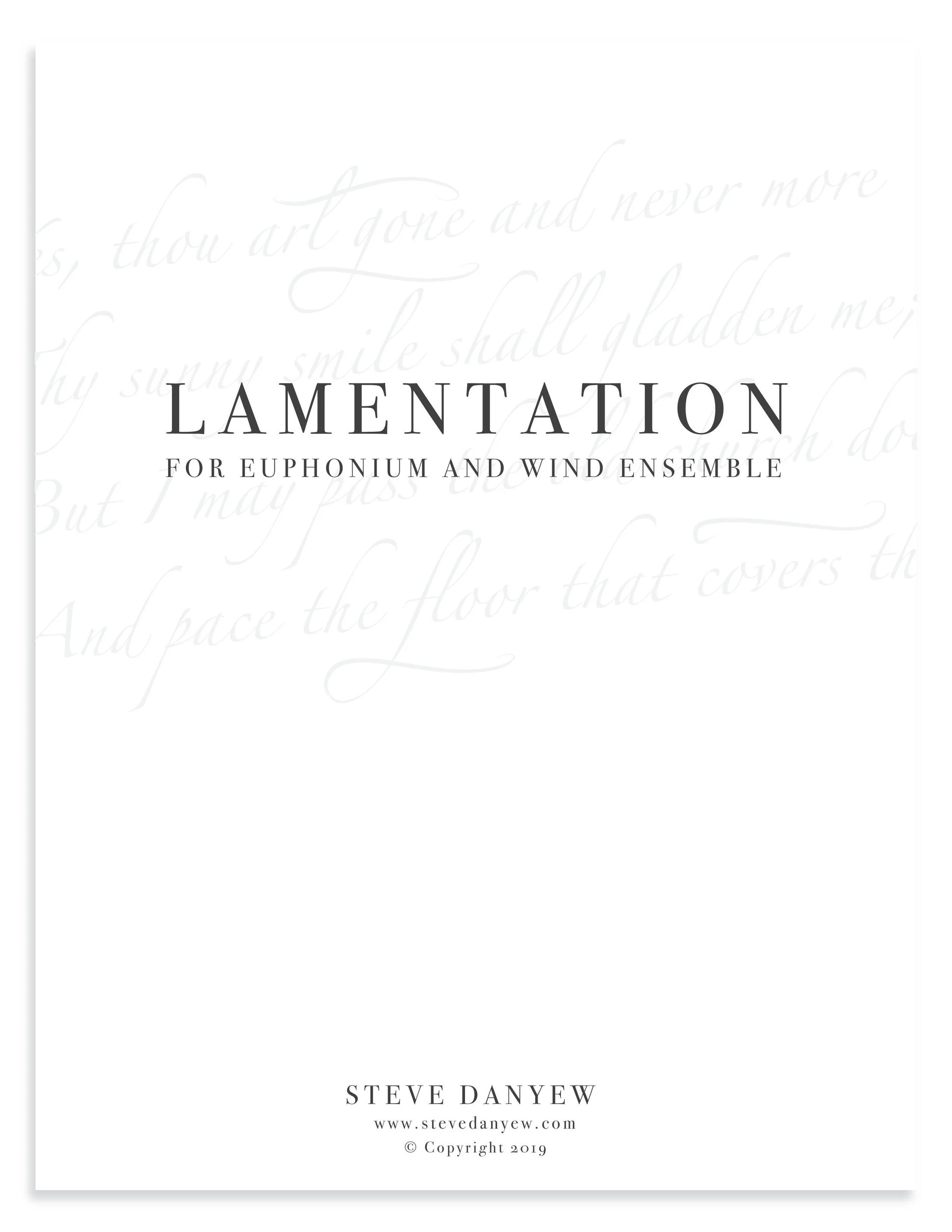 Image 1 of 1
Image 1 of 1


Lamentation for Euphonium and Wind Ensemble
Grade 5
Lamentation for Euphonium and Wind Ensemble is a reflective lament written in memory of euphoniumist Isaiah Ray.
Grade 5
Lamentation for Euphonium and Wind Ensemble is a reflective lament written in memory of euphoniumist Isaiah Ray.
Pricing
Printed Score Only: $35
Printed Score + Printed Parts: $199.99
Printed Score + Digital PDF Parts: $199.99
Printed Euphonium & Piano Reduction: $29
Details
Grade 5 – Solo Euphonium and Wind Ensemble
Year of Composition: 2019
Length: 8:30
Instrumentation:
Flute 1,2
Oboe
Bassoon
Clarinet in Bb 1,2,3
Bass Clarinet in Bb
Alto Saxophone in Eb 1,2
Tenor Saxophone in Bb
Baritone Saxophone in Eb
Off-Stage Solo Trumpet in Bb
Trumpet in Bb 1,2,3
Horn in F 1,2,3,4
Trombone 1,2,3
Euphonium
Tuba
Solo Euphonium
Double Bass
Harp (optional*)
Piano
Timpani
Percussion 1: Vibraphone
Percussion 2: Marimba (5-octave), Tam-Tam
Percussion 3: Glockenspiel
Percussion 4: Crotales, Suspended Cymbal
Percussion 5: Bass Drum
**The piece can be performed without harp, though the harp adds a great deal of color to the piece so it is strongly encouraged.
Program Note
Lamentation for Euphonium and Wind Ensemble was commissioned in 2019 by World-Wide Concurrent Premieres and Commissioning Fund, Inc. It will be premiered in February 2020 by the Sam Houston State University Wind Ensemble, with Irving Ray as euphonium soloist.
The work was commissioned in memory of Sam Houston State University alumnus Isaiah Ray, a euphoniumist who passed away tragically in 2006, shortly after graduating with his B.M. in Music. Isaiah’s younger brother Irving, also an accomplished euphoniumist, earned a D.M.A and won a position with the US Army Band “Perishing’s Own.” It’s a tragic and yet triumphant story.
We all know what it’s like to remember someone we’ve lost. We wonder if they are out there somewhere looking down on us. Sometimes we remember them with sadness; other times, with hope and joy.
When writing the piece, I thought of the euphonium soloist as the narrator of these memories. The first motive presented by the soloist depicts the phrase, “Isaiah, are you there? Where did you go?” A brief conversation ensues between Irving (euphonium) and his brother Isaiah (solo trumpet).
This musical motive (and the underlying questions, “Isaiah, are you there? Where did you go?”) forms the basis for much of the work. Throughout the piece, the narrator recalls memories of Isaiah accompanied by a range of emotions: joy, sadness, confusion, acceptance. The solo trumpet (Isaiah) introduces music that is more hopeful and uplifting, and as the work progresses, the euphonium soloist begins to adopt more of Isaiah’s music.
The piece builds to a climax, incorporating an original chorale tune. There’s a sense of triumph as well as grief. Toward the end of the piece, the ethereal material from the opening returns, with statements of “Isaiah.” As unsettled as the final chord may be, we are left with a feeling of transcendence and hope.
Grade 4
The third and final piece in the Magnolia Star trilogy, American Nocturne depicts a nighttime train ride from New Orleans to Chicago. Inspired by the blues scale and the American railroad, the piece includes jazzy riffs and driving rhythms.
Grade 4/4.5
This piece is inspired by the stunning photographs of deep space taken by the James Webb Space Telescope.
Grade 4
A lyrical exploration of harmonies, motives, and melodies from Robert Schumann’s art song Nachtlied (Op. 96 No. 1).
Grade 4/5
Le Voleur is a jazzy and exciting piece inspired by the character Arsene Lupin (The Gentleman Burglar), a character created by the writer Maurice Leblanc in 1905.
Grade 5 Wind Band
A 2-minute fanfare written in celebration of the 100th anniversary of the Eastman School of Music. Also available for brass ensemble.
Grade 5
A work for large choir and wind ensemble that uses the metaphor of a sunrise to evoke the rise of the American West. Commissioned by the University of Nevada, Reno in celebration of its 150th anniversary.
Grade 5
Lamentation for Euphonium and Wind Ensemble is a reflective lament written in memory of euphoniumist Isaiah Ray.
Grade 5
A 2-minute brass fanfare written in celebration of the 100th anniversary of the Eastman School of Music.
Grade 4/5
Entrata is a work inspired by Gary Green’s photograph “Savannah Church Entrance 2011” and it incorporates music by the English renaissance composer Thomas Tallis.
Grade 5
A 2-minute fanfare that includes a musical canon, this work is available for wind band, orchestra, string orchestra, or flexible instrumentation.
Grade 5
Lauda, Latin for “praise” is a two movement work for wind ensemble. The overall structure of the work can be understood somewhat loosely as a prelude and fugue. Both movements explore various uses of counterpoint and contrapuntal devices which have fascinated me since I first encountered them in works of Bach and others.
Grade 5
When I was a kid, we’d often travel a few hours north to Vermont for Labor Day, to spend the final days of summer with my extended family. While there, we’d pile in the car to spend a day at the Vermont State Fair. The fair was an exciting, vibrant place, with rides and games, animals, fried dough, and horse racing. This piece captures the sights, sounds, and excitement of a day at the fair.
Also available for orchestra.
Grade 5
The title of this work is inspired by a quote by Ansel Adams, which seems to perfectly sum up the vision and inspiration for this project: “The whole world is, to me, very much ‘alive’ — all the little growing things, even the rocks. I can’t look at a swell bit of grass and earth, for instance, without feeling the essential life — the things going on within them. The same goes for a mountain, or a bit of the ocean, or a magnificent piece of old wood.”
Grade 5
Available as a collection of three arrangements, or individually: Fugue No. 2, No. 16, and No. 23, all from The Well-Tempered Clavier, book 1. Scored for 4/5-part flexible instrumentation plus optional timpani that can be adapted for many combinations of wind, string, and percussion instruments.
Grade 3/4
Available as a collection of three arrangements, or individually: “If Ye Love Me,” “Third Mode Melody,” and “Variations on the Tallis Canon.” Scored for 4/5-part flexible instrumentation that can be adapted for nearly any combination of wind, string, and percussion instruments.
Grade 4.5/5
Green Diamond, the sequel to Magnolia Star, is a fun and energetic piece for wind band (Grade 4.5/5) based on the blues scale and inspired by the American railroad.
Grade 4
Inspired by the advent chant melody, this new arrangement begins with a contemplative verse and slowly builds to a glorious climax. Scored for 8-part flexible instrumentation plus optional piano and percussion.
Grade 5
This work is about life and living, new experiences (musical or otherwise) that make and define us, and those who have influenced us for the better. Journeys was commissioned by the Tennessee Music Education Association (TMEA) and Eastman Chemical Company for the 2014 TMEA 11-12 All-State Band.
Grade 5
Flash Black synthesizes nearly all my musical influences, experiences, and inspirations. From the lyrical and vocal qualities, to the jazz elements, to the rich variety of instrumental color, Flash Black is a powerful and dramatic piece.



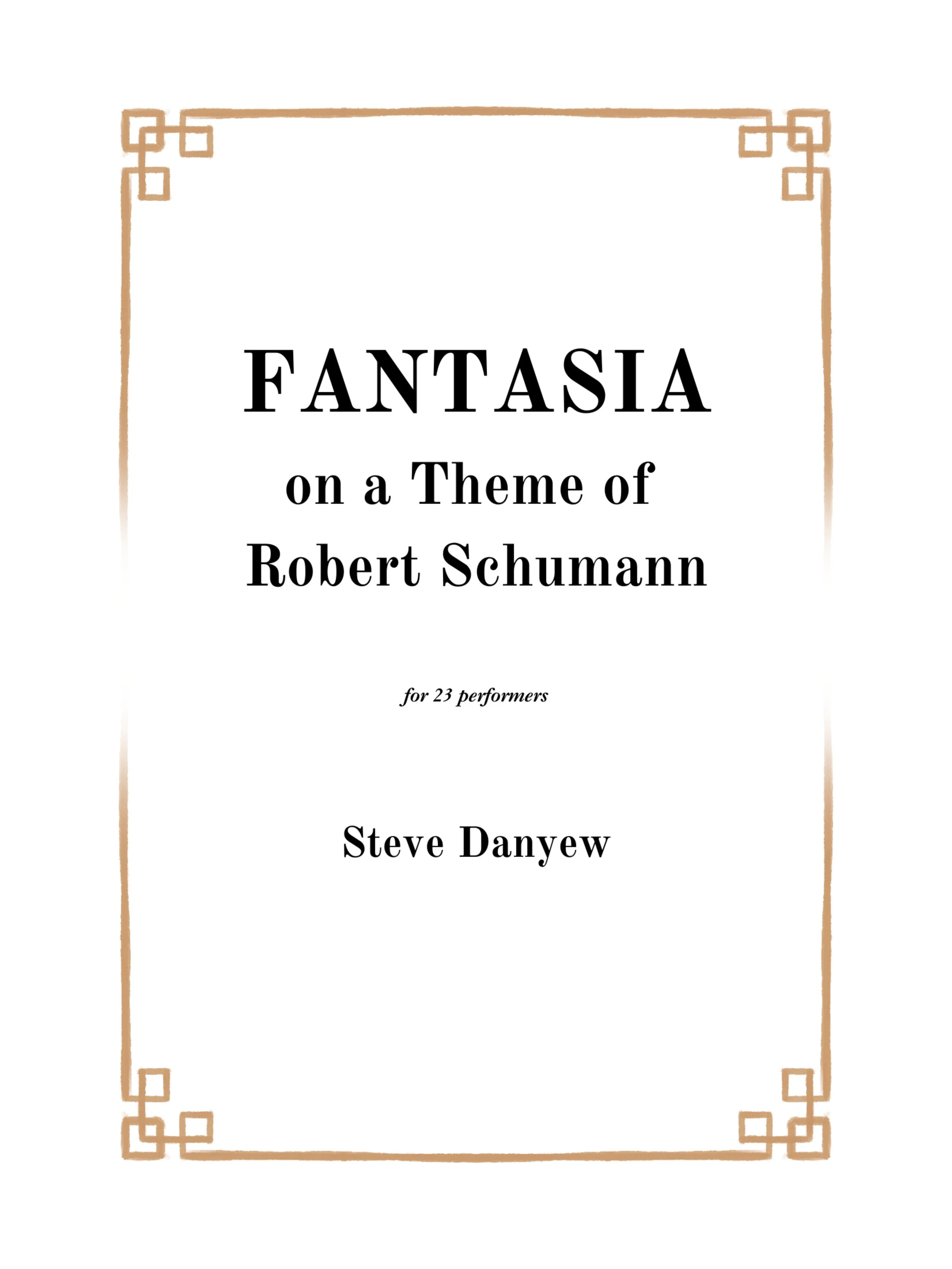










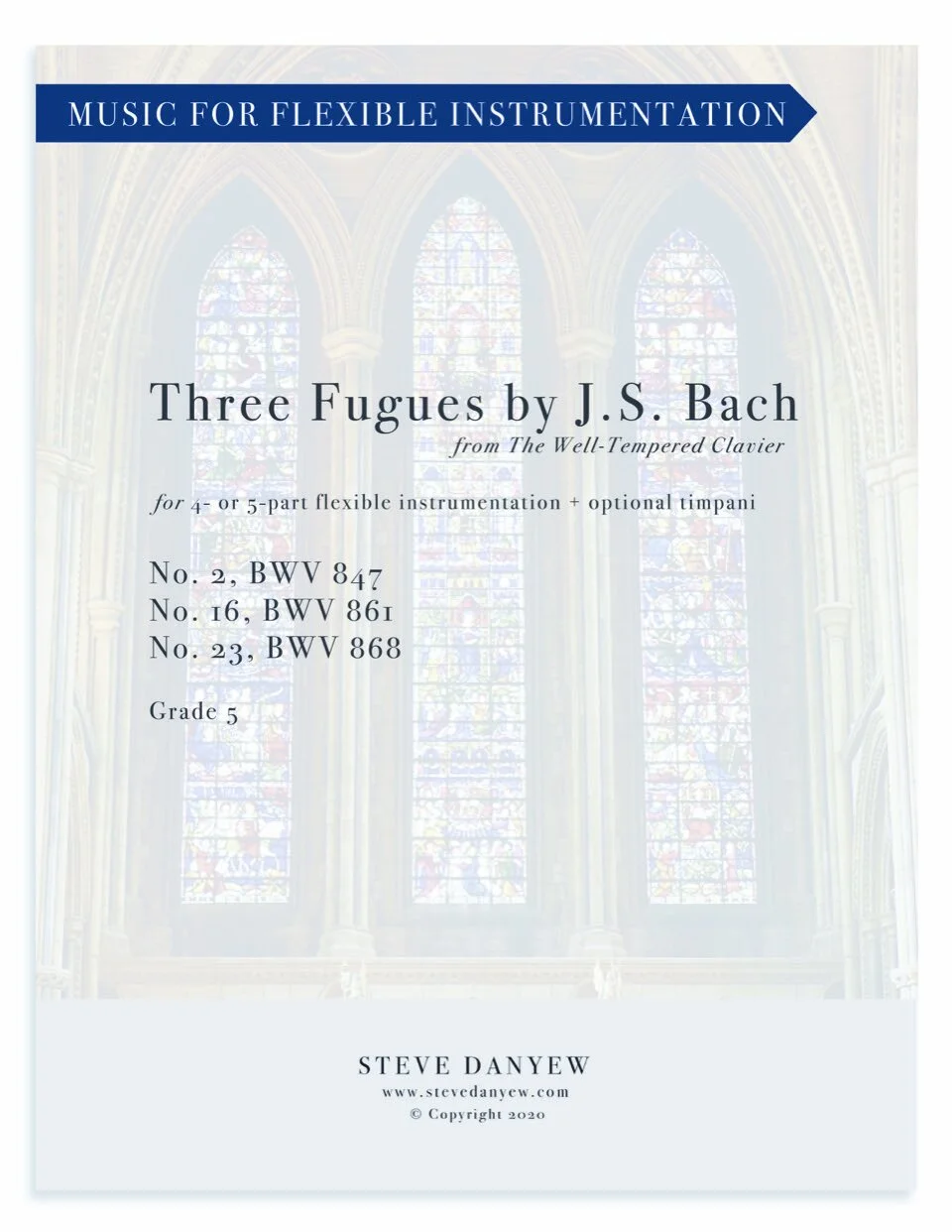
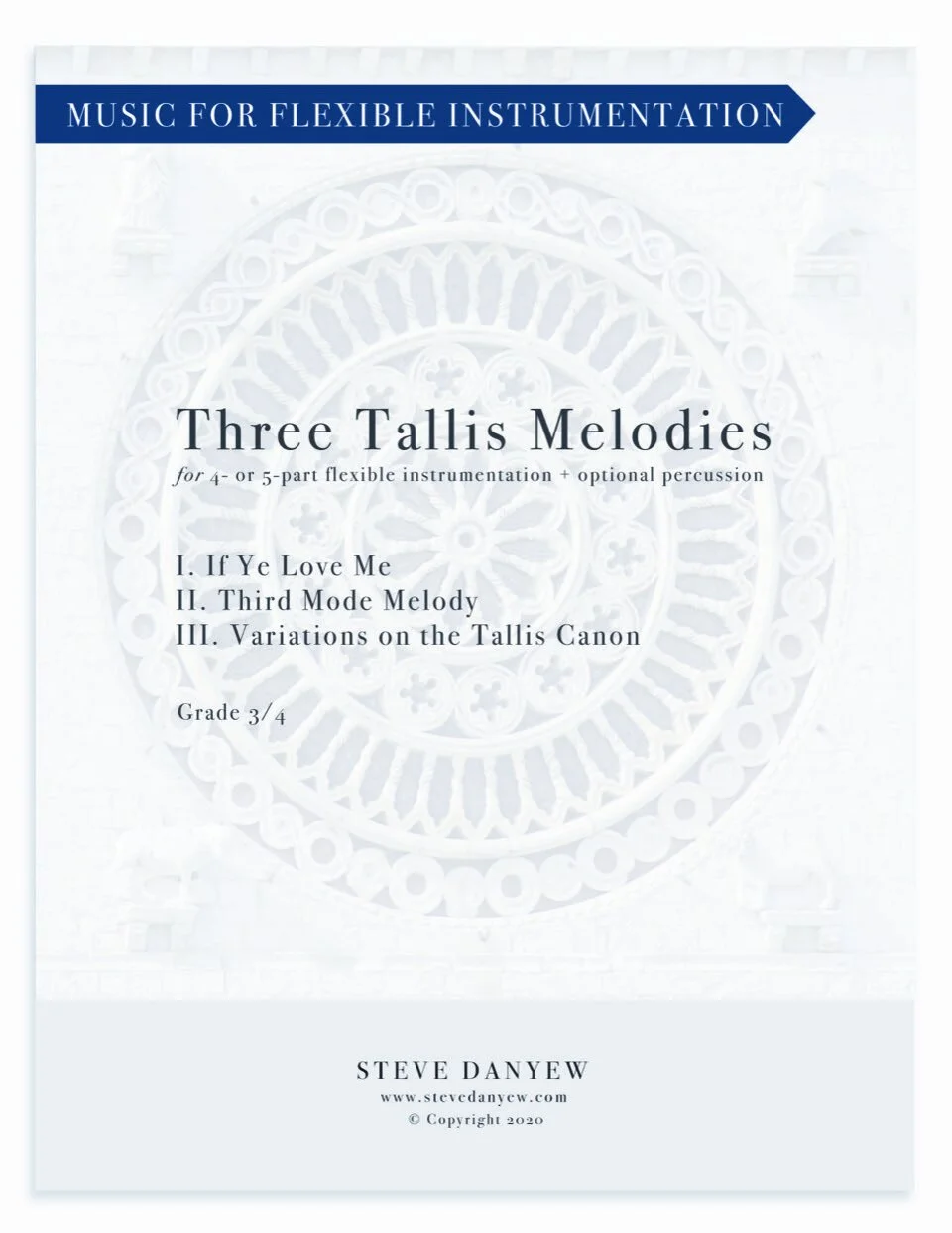




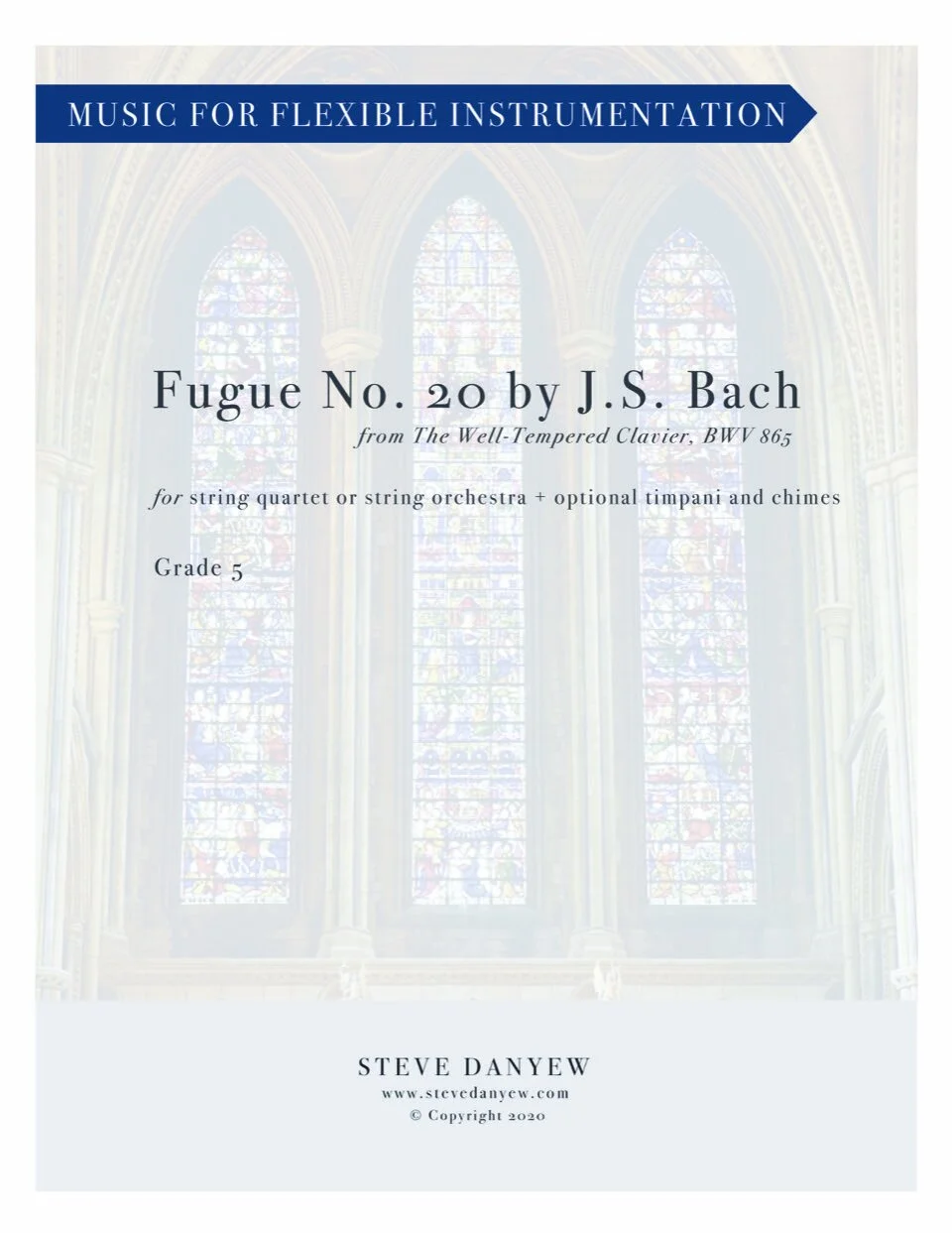
Grade 5
Magnolia Star is a sparkling, energetic piece for wind band (Grade 5) based on the blues scale and inspired by the American railroad.